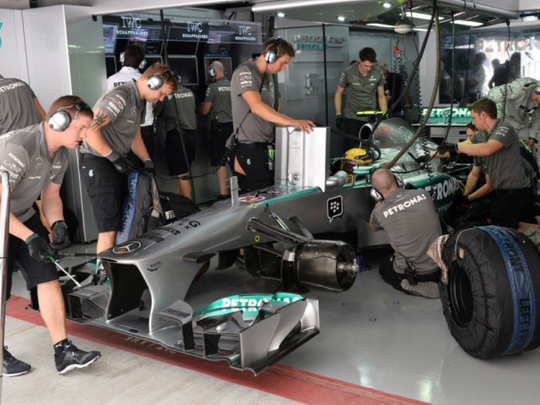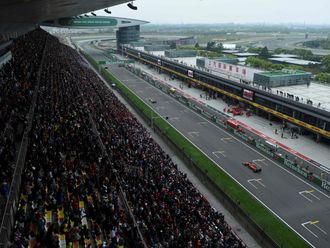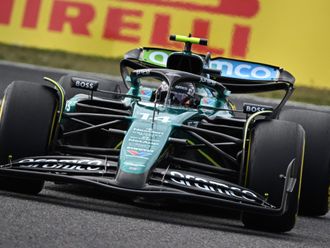
The most significant change seen in Formula One since the introduction of V8 engines in 2006 is next year’s drop in capacity from 2.8 to 1.6 litres. The cars will rev less, weigh more, and carry a new energy recovery system that will provide an extra 160bhp at the press of a button. One major change to the dynamics of the car is the nose, whose height is set to be reduced to 185mm, which while improving safety, does compromise on aerodynamics as the air flow below the car is obstructed. The other change is a new single exhaust tailpipe angled upwards to prevent exhaust flow from being used to aid aerodynamic effects.
As an environment-friendly solution to contain costs, the use of fuel is being limited to 100kg per race, with the units designed to consume less. This might serve its purpose, but reduces a driver’s ability to push their car to the limit. New sporting regulations will see a penalty system that debars drivers from starting their next race if they have accumulated 12 points. The number of points will range from one to three, depending on the severity of the offence.
Additionally, the tier supplier will be able to change the compound during the course of the season without approval from the teams. Drivers will be able to use five engines per season, and any more will cost them a position on the grid. Drivers using any additional ones outside this limit will have to start their race from the pits. Another new rule sees any change of engine parts incurring a ten place grid penalty for the offending team.
The young drivers’ test makes way for winter testing. However, rookies will get an additional 30 minutes of free practice. The engine and power unit will play a more crucial role than aerodynamics, so factory teams are most likely to be consistently competitive during the course of the season.











